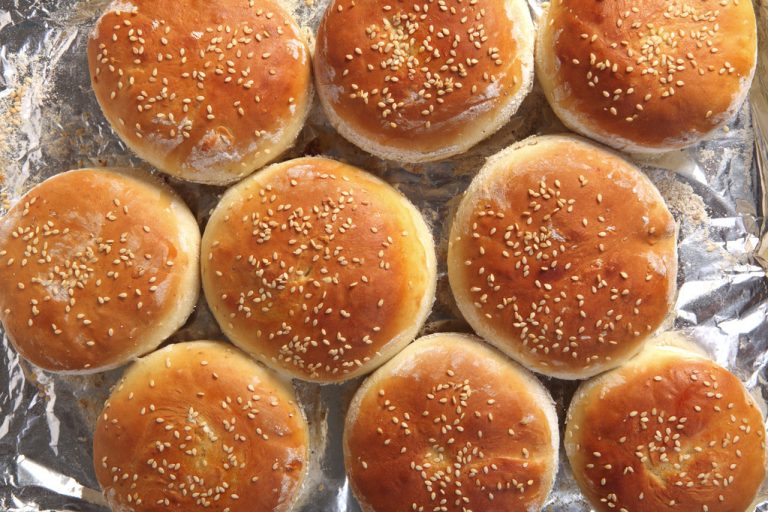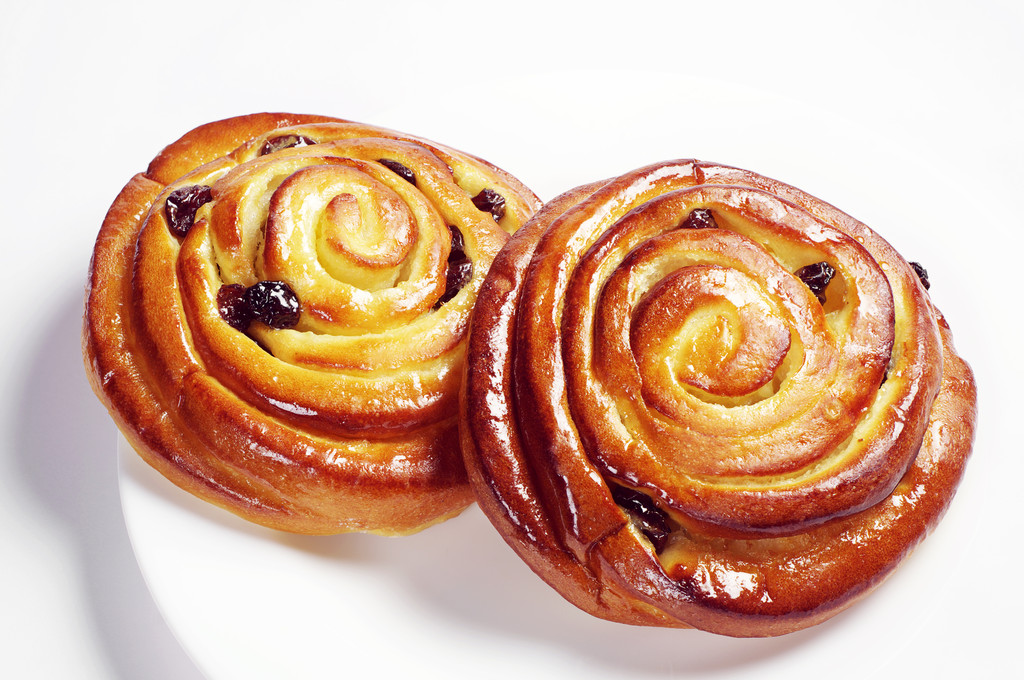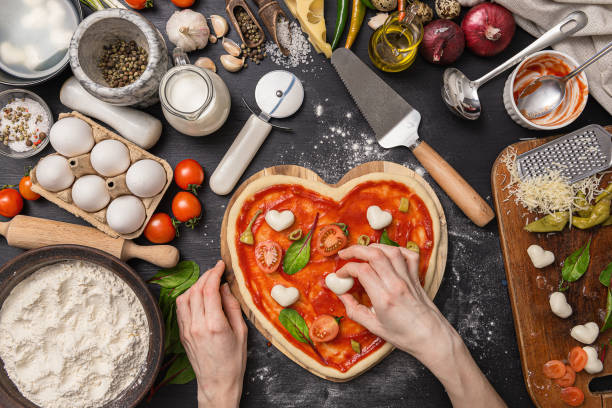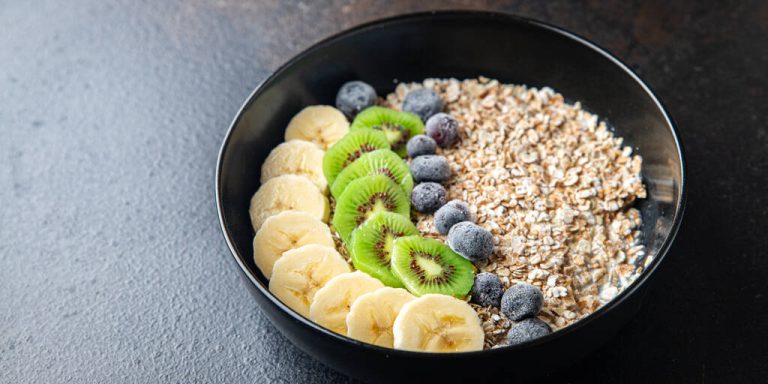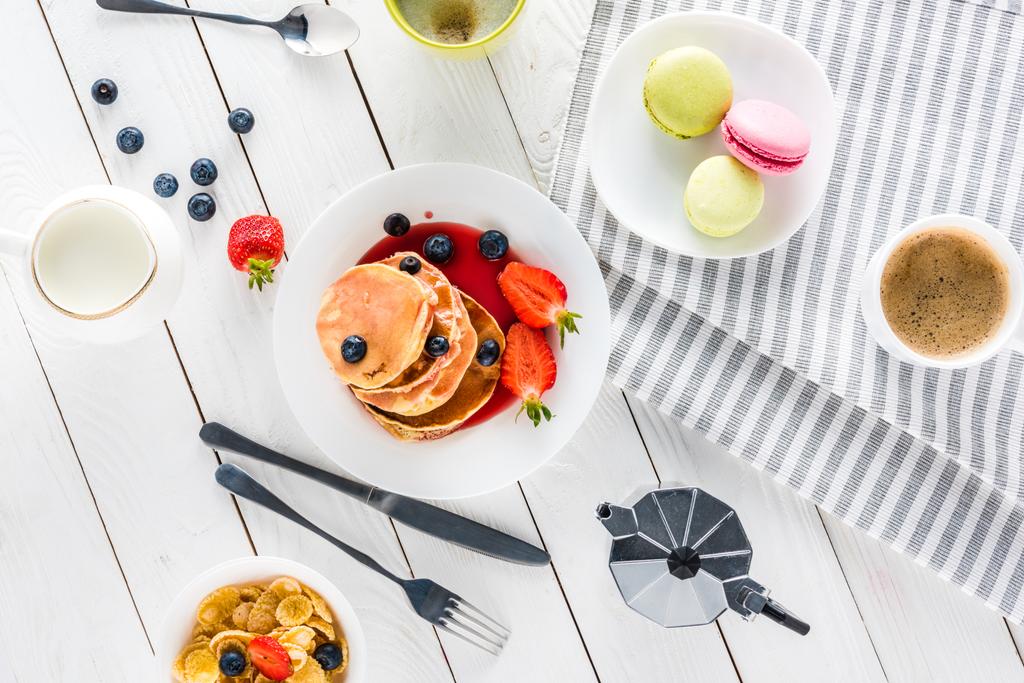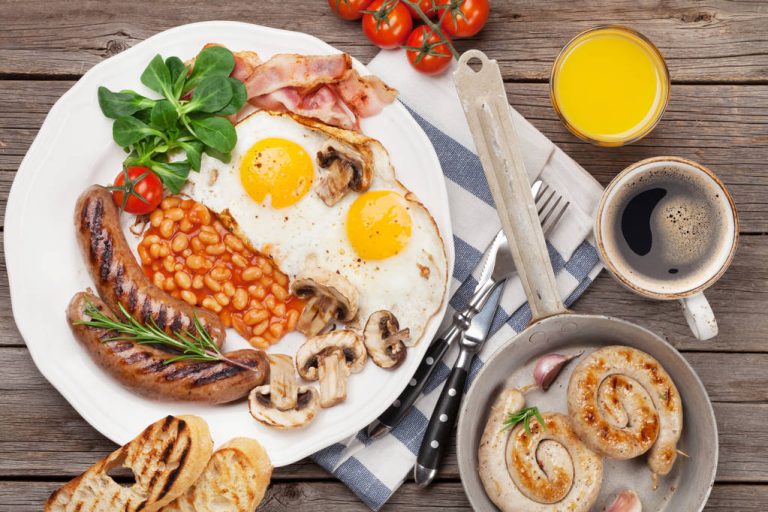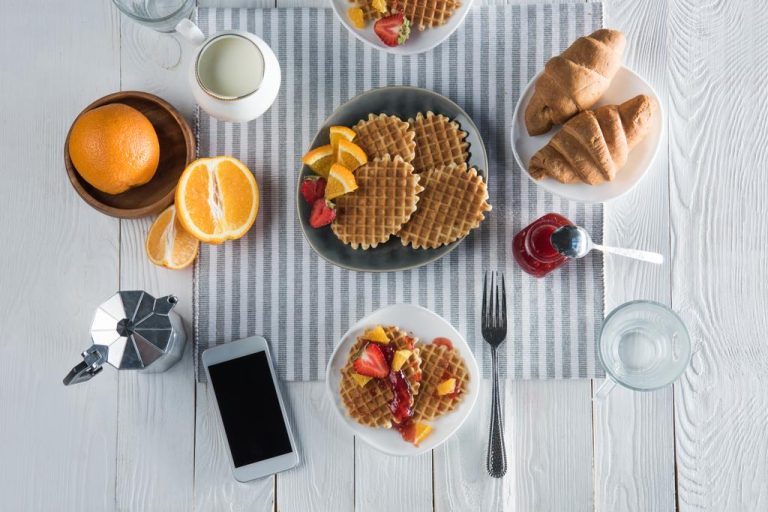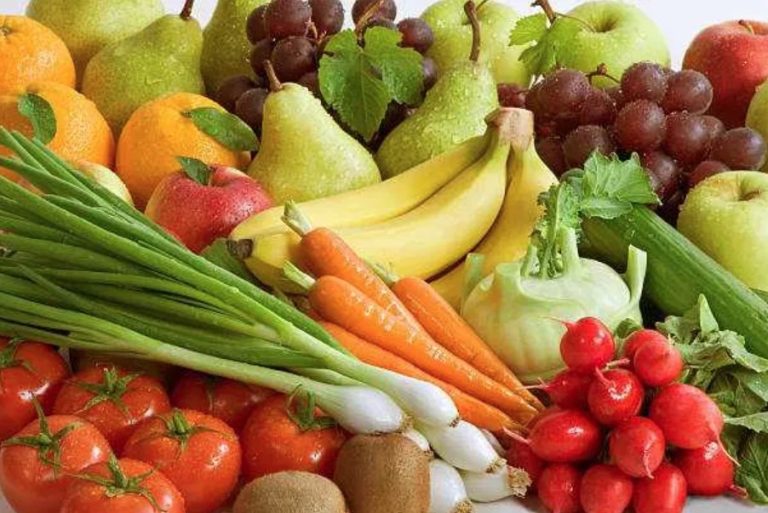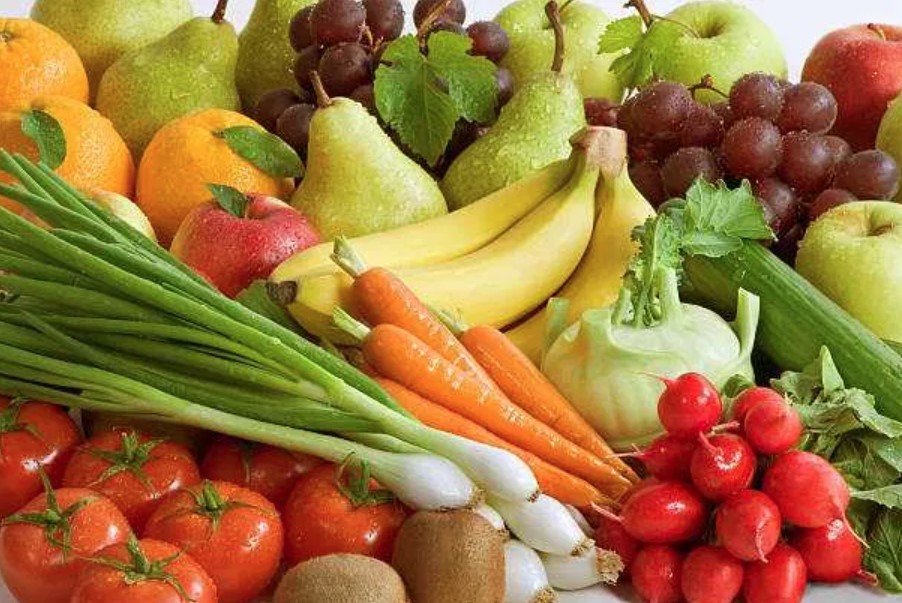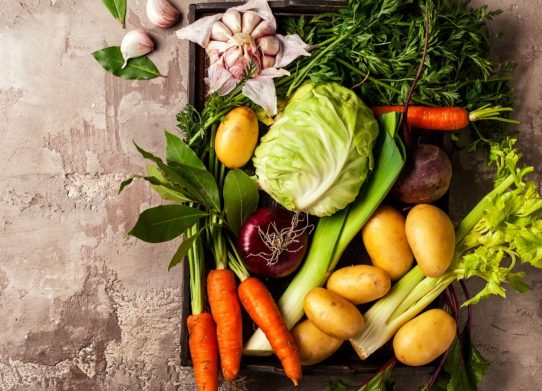Valentine’s Day is getting closer and couples all over Germany are looking for the right gift for their partner. Unfortunately, since most stationery shops will probably remain closed, online shopping is often the only alternative that remains.
Gift Ideas for Valentine’s Day
Chocolate is often given as a gift on Valentine’s Day. That’s not very imaginative. It’s also not a healthy gift idea. For this reason, in this article, we would like to introduce you to 6 healthy Valentine’s Day gifts that you can buy online for your partner or simply put together yourself.

1) Yoga set for inner balance
If your partner is athletic or wants to exercise, then a yoga set could be the perfect gift. Yoga is not only a sport that trains endurance and physical strength but also the mind. In this way, yoga can reduce stress and prevent tension. A yoga set usually consists of a yoga mat and other small utensils that are important for the sport. Since the effect of yoga takes place not only on the physical but also on the emotional level, this hobby can also benefit the mutual relationship.
2) Fitness bracelet for the sporty partner
If your partner is already an athlete and wants to improve their performance, then a fitness bracelet could be the right gift for Valentine’s Day. A fitness bracelet allows your partner to track progress in sports and thus improve performance. With this gift, you can help your partner and increase motivation for the sport. When choosing a suitable bracelet, you can even respond to the individual taste of your partner. Fitness bracelets are available in a wide variety of designs these days – whether stylish, modern, or elegant.
3) Your partner’s favorite type of tea
Fine tea is not only very tasty, but it can also have health benefits. There are all kinds of teas, each with different benefits. There are types of tea that are supposed to reduce stress or relieve tension and types of tea that are rich in vitamins. For example, lemon tea contains a lot of vitamin C, which is extremely important for your body’s immune system. On the other hand, there is green tea, for example, which is rich in oxidants that help induce feelings of happiness and allow your brain to relax.
However, since most teas are generally said to have a positive effect on health, it doesn’t matter too much which type of tea you use as a gift, as long as you know what your partner’s favorite type is. Of course, you can also choose a variety that your partner doesn’t know yet and thus give him a double surprise for Valentine’s Day. If he likes it, the gift is a double success.
4) Valentine’s Day coffee gifts
Now we would like to introduce you to a Valentine’s Day gift that will sweeten your partner’s morning. Because if your partner is a coffee lover, then a Valentine’s Day coffee would be the perfect gift. It is well known and proven by studies that regular coffee consumption has a positive effect on health to a moderate extent. Since high-quality coffee is also a morning treat for many coffee connoisseurs, a healthy and tasty gift for Valentine’s Day can be found. Or give away a DIY Golden Milk Spice Mix. Because this is just as delicious and wakes you up.
5) Healthy alternatives to sweets

If your partner is someone who likes sweets, then there are healthy options for Valentine’s Day too. For example, many types of fruit are very sweet and tasty, yet healthy. Pineapples and strawberries, for example, are therefore perfect gifts for Valentine’s Day. If you want to add a personal touch to your gift, you can bake a cake with the fruit. This way, you can give your partner a healthy personal surprise that will surely come across perfectly.
6) Spices and herbs for the health-conscious partner
It is not surprising that herbs and spices have become increasingly popular in recent years. Due to the increasingly well-known positive side effects of spices on our health, the herbal spices industry is enjoying constant growth. Products such as turmeric, parsley, or even cinnamon are said to be extremely healthy for the body and are ideal as a gift for the nutrition-conscious partner. You should only know before you buy whether your partner has allergies to the ingredients of certain spices. So you can choose the right spices as a gift with a clear conscience.

